Nestled in the heart of Nepal, the Kathmandu Valley is a treasure trove of cultural heritage, ancient temples, and vibrant traditions. This region, home to the capital city of Kathmandu and its neighboring towns, is a mosaic of rich history and spirituality. From the bustling streets of Thamel to the serene temples perched on hilltops, the Kathmandu Valley offers a unique blend of old-world charm and modern vibrancy. As the gateway to the Himalayas, it serves as a starting point for many travelers seeking adventure and enlightenment.
Exploring the Kathmandu Valley is like stepping into a living museum. Each corner of this valley holds a story, reflected in its stunning architecture, bustling bazaars, and sacred sites. Whether you’re wandering through the ancient durbar squares, marveling at the intricate woodwork of temples, or enjoying the peaceful ambiance of its gardens, Kathmandu Valley promises an unforgettable journey. Here are the top 16 tourist places you must visit to experience the essence of this magical region:
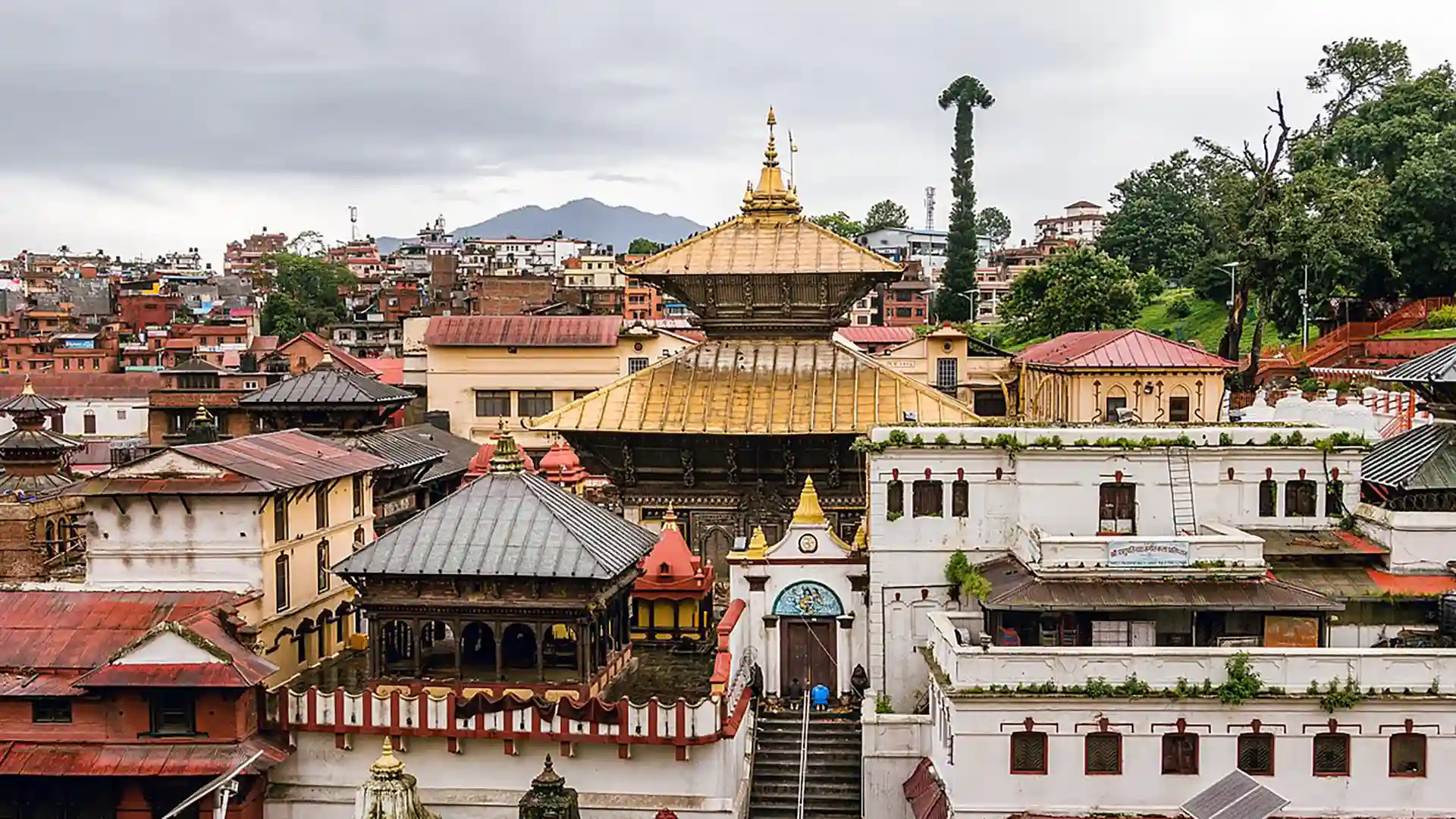
1. The Pashupatinath Temple
The Pashupatinath Temple, located on the banks of the Bagmati River, is one of the most sacred Hindu temples dedicated to Lord Shiva. This sprawling complex, dating back to the 5th century, is a UNESCO World Heritage Site and a significant pilgrimage site for devotees from around the world. The temple’s pagoda-style architecture, intricate wood carvings, and gold-plated roofs are stunning. During the festival of Maha Shivaratri, the temple is especially vibrant, attracting thousands of visitors who come to pay their respects and seek blessings.

2. The Boudhanath Stupa
The Boudhanath Stupa is one of the largest stupas in the world and a pivotal center of Tibetan Buddhism in Kathmandu. Built in the 14th century, its massive mandala design is a sight to behold. The stupa’s white dome and the all-seeing eyes of Buddha painted on its tower make it an iconic landmark. Surrounding the stupa are numerous monasteries and shops selling Tibetan artifacts, creating a serene yet vibrant atmosphere. Pilgrims and tourists alike walk clockwise around the stupa, spinning prayer wheels and chanting mantras.
3. Patan Durbar Square
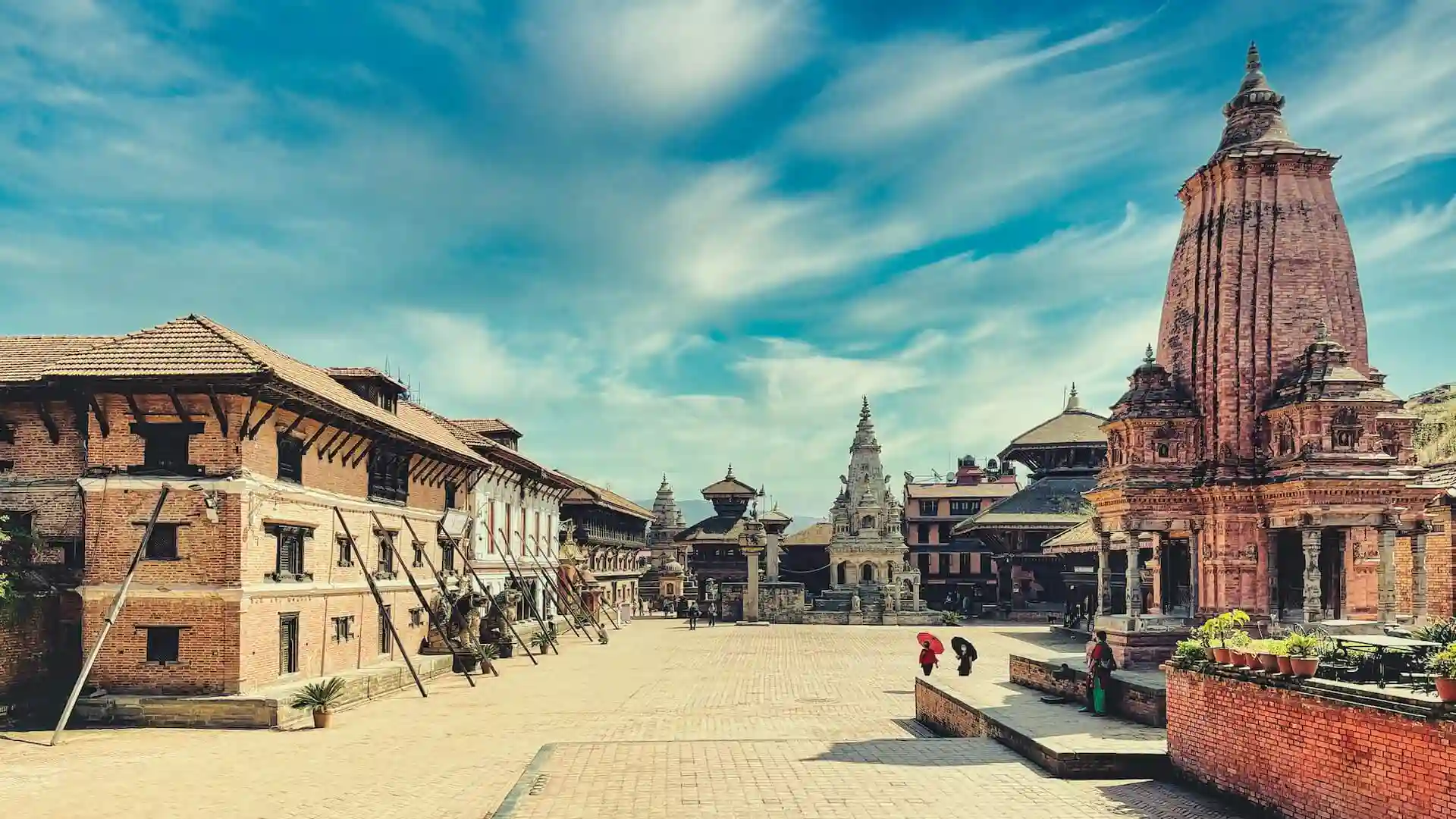
Patan Durbar Square, located in the heart of Lalitpur, is a beautiful example of Newari architecture and craftsmanship. This UNESCO World Heritage Site features an array of temples, palaces, and courtyards. The square is home to the ancient Royal Palace, now a museum showcasing artifacts from the Malla period. Notable structures include the Krishna Temple, known for its intricate stone carvings, and the Hiranya Varna Mahavihar, also known as the Golden Temple, a revered Buddhist monastery.
4. Kathmandu Durbar Square
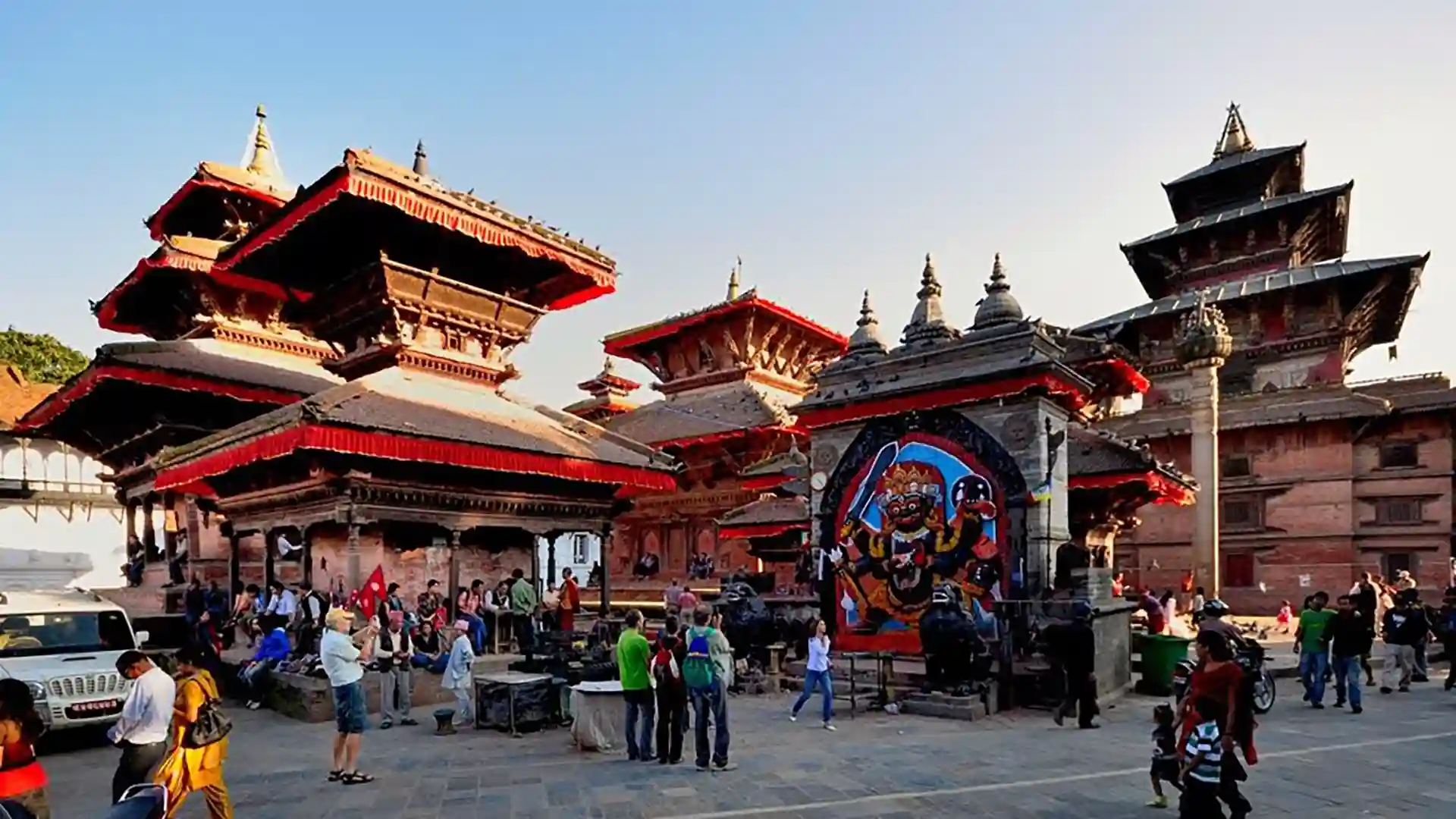
Kathmandu Durbar Square, also known as Hanuman Dhoka Durbar Square, is a historic area in front of the old royal palace of the Kathmandu Kingdom. This UNESCO World Heritage Site is renowned for its stunning architecture and significant historical importance. The square is filled with palaces, courtyards, and temples, including the Taleju Temple and the Kumari Ghar, where the living goddess, Kumari, resides. The complex is a vibrant cultural hub, hosting festivals, ceremonies, and traditional performances.
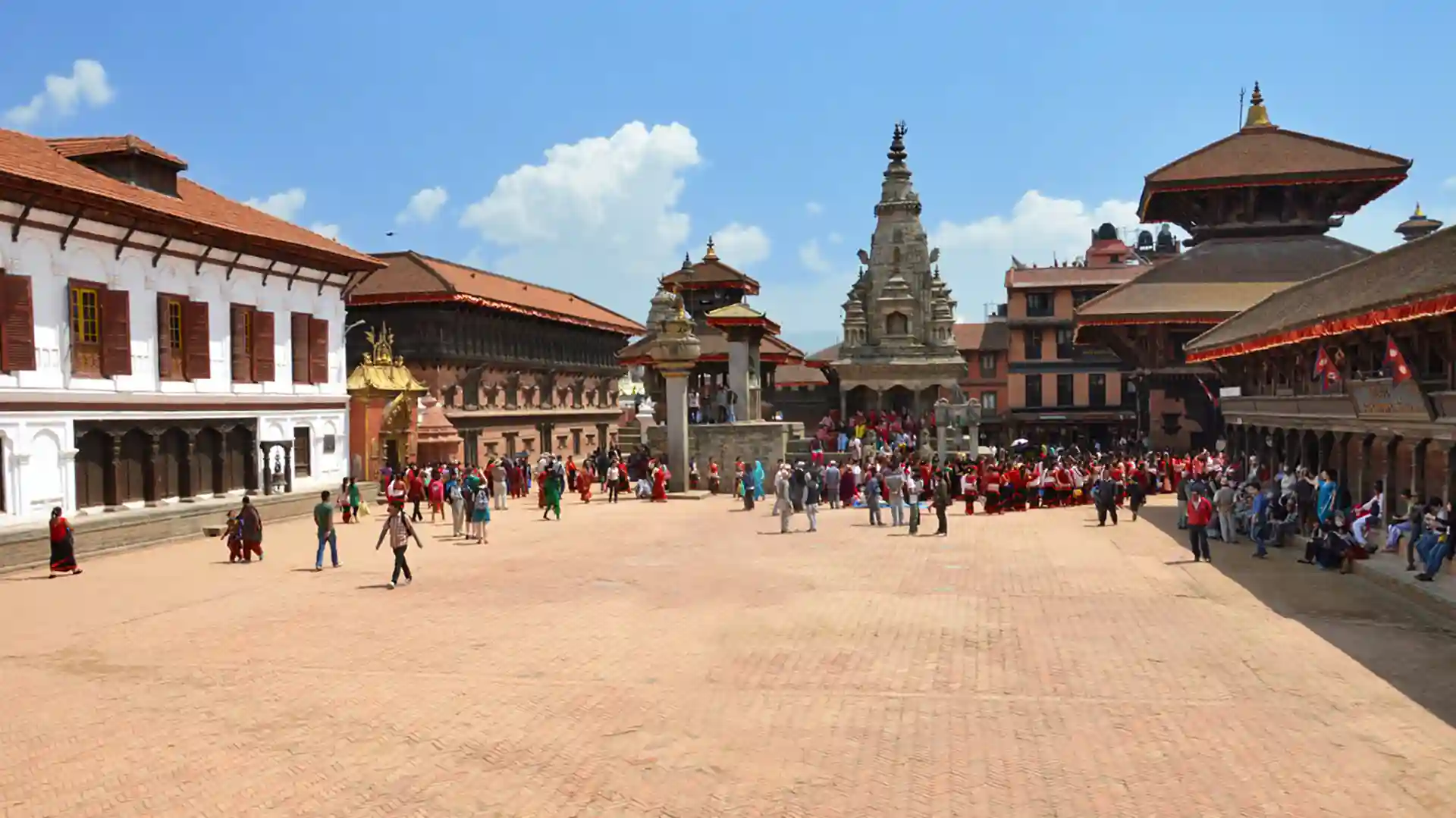
5. Bhaktapur Durbar Square
Bhaktapur Durbar Square, located in the city of Bhaktapur, is another UNESCO World Heritage Site known for its well-preserved medieval architecture. The square features the 55-Window Palace, Vatsala Temple, Nyatapola Temple, and many other historical monuments. The area is a living museum, reflecting the rich cultural and artistic heritage of the Newar community. Bhaktapur is also famous for its pottery and weaving industries, and visitors can often see artisans at work.

6. Changu Narayan Temple
The Changu Narayan Temple, situated on a hilltop near Bhaktapur, is the oldest Hindu temple in the Kathmandu Valley, dating back to the 4th century. This UNESCO World Heritage Site is dedicated to Lord Vishnu and is an excellent example of traditional Nepali temple architecture. The temple complex includes numerous sculptures, inscriptions, and carvings that provide insight into the history and religious practices of the time. The serene surroundings and panoramic views of the valley add to the temple’s charm.
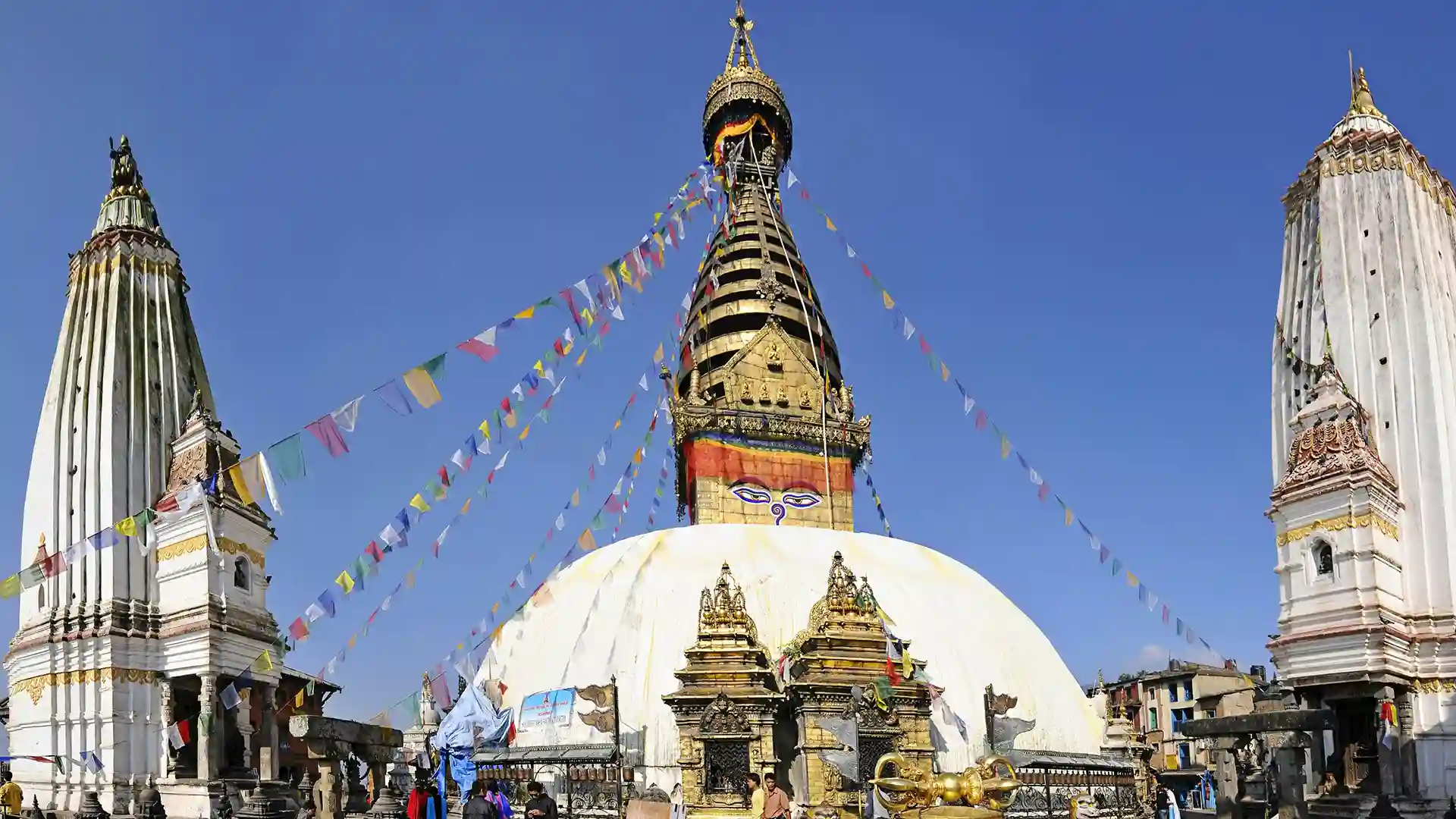
7. Swayambhunath Temple
Swayambhunath Temple, also known as the Monkey Temple, is a revered Buddhist pilgrimage site and one of the oldest religious complexes in Nepal. Perched atop a hill in the Kathmandu Valley, it offers breathtaking views of the city. The central stupa, adorned with the eyes of Buddha, is surrounded by smaller stupas, shrines, and temples. The temple complex is home to numerous monkeys, considered holy by the locals. Swayambhunath is a symbol of harmony between Hinduism and Buddhism in Nepal.
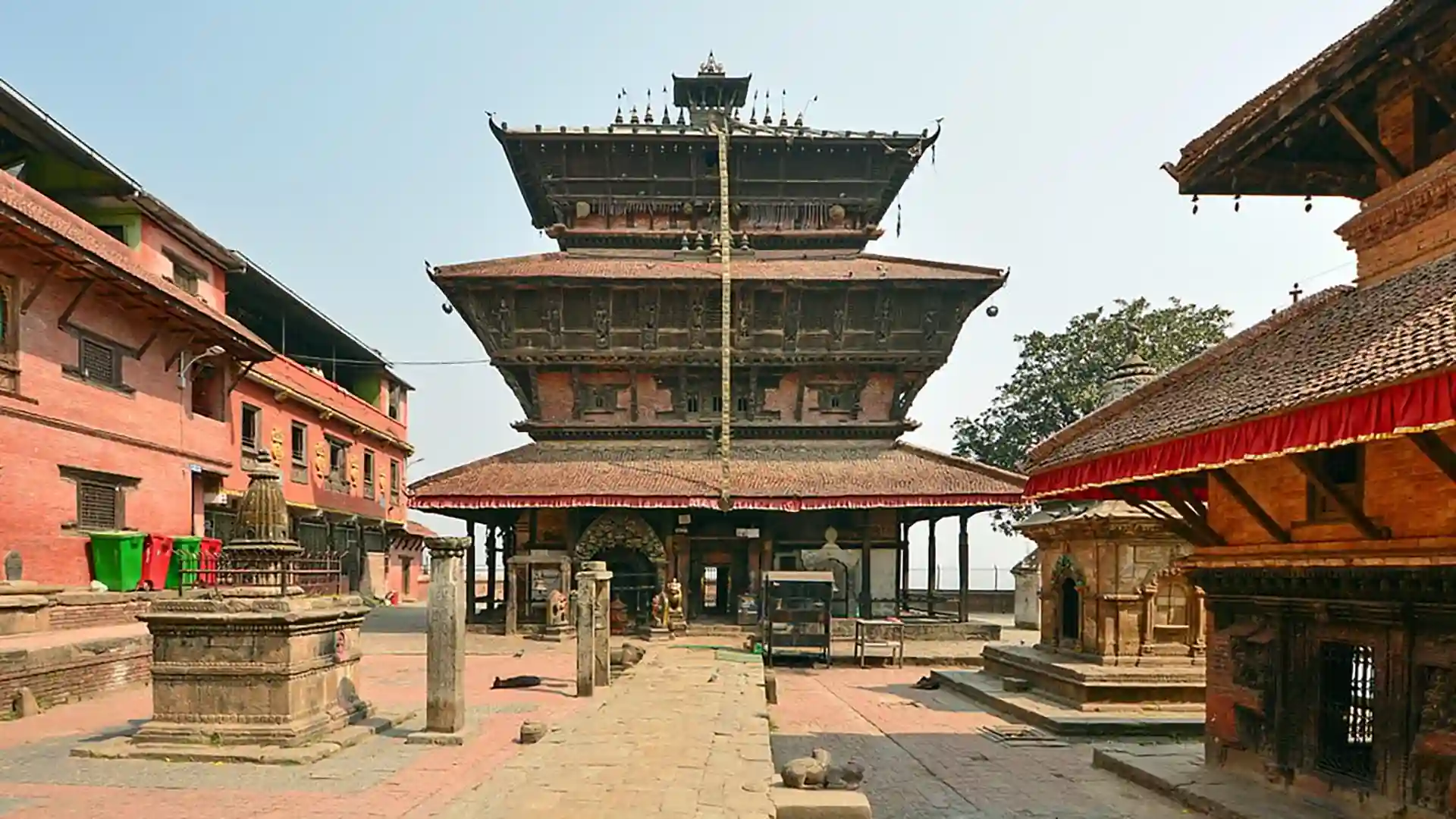
8. Kritipur
Kritipur, a historic town located southwest of Kathmandu, is known for its rich cultural heritage and traditional Newari architecture. The town is characterized by narrow lanes, ancient temples, and traditional houses. Significant landmarks include the Bagh Bhairab Temple, the Uma Maheshwar Temple, and the Chilancho Stupa. Kritipur offers a glimpse into the traditional lifestyle and culture of the Newar community, making it a fascinating destination for history enthusiasts.
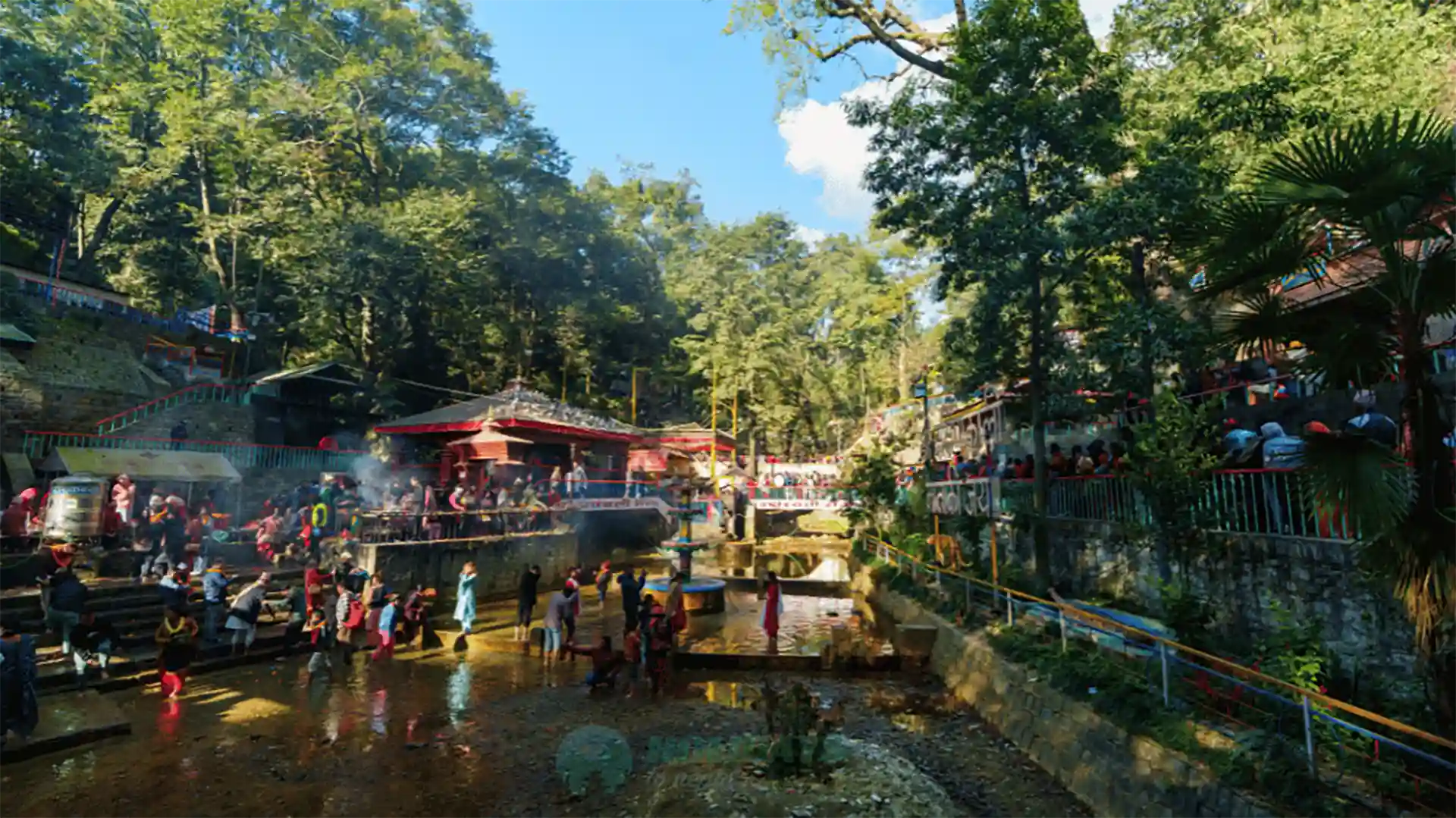
9. Dakshinkali Temple
Dakshinkali Temple, situated about 22 kilometers south of Kathmandu, is dedicated to the goddess Kali. The temple is a major pilgrimage site, especially during the Dashain festival when devotees offer animal sacrifices to the goddess. Nestled in a forested area at the confluence of two rivers, the temple’s setting is both serene and mystical. The journey to Dakshinkali offers scenic views of the countryside, making it a popular spot for both religious and nature-oriented visits.
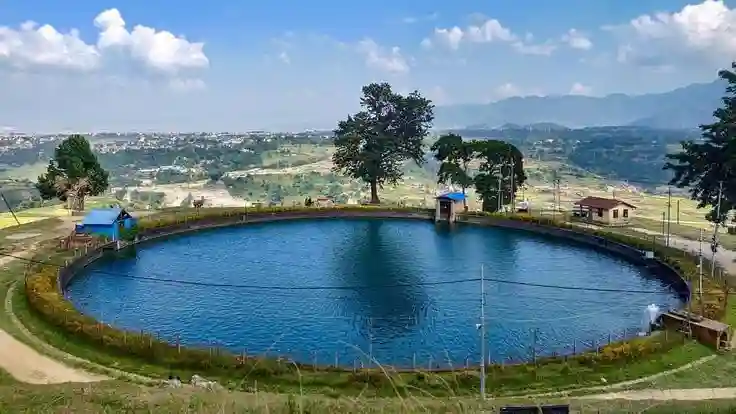
10. Pharping
Pharping, located south of Kathmandu, is a significant pilgrimage site for both Hindus and Buddhists. The town is home to several important monasteries and shrines, including the Asura Cave and the Yanglesho Cave, where Guru Rinpoche (Padmasambhava) is said to have meditated. Pharping also features the Dakshinkali Temple and various other religious sites. The peaceful environment and spiritual significance of Pharping attract pilgrims and visitors seeking tranquility and enlightenment.
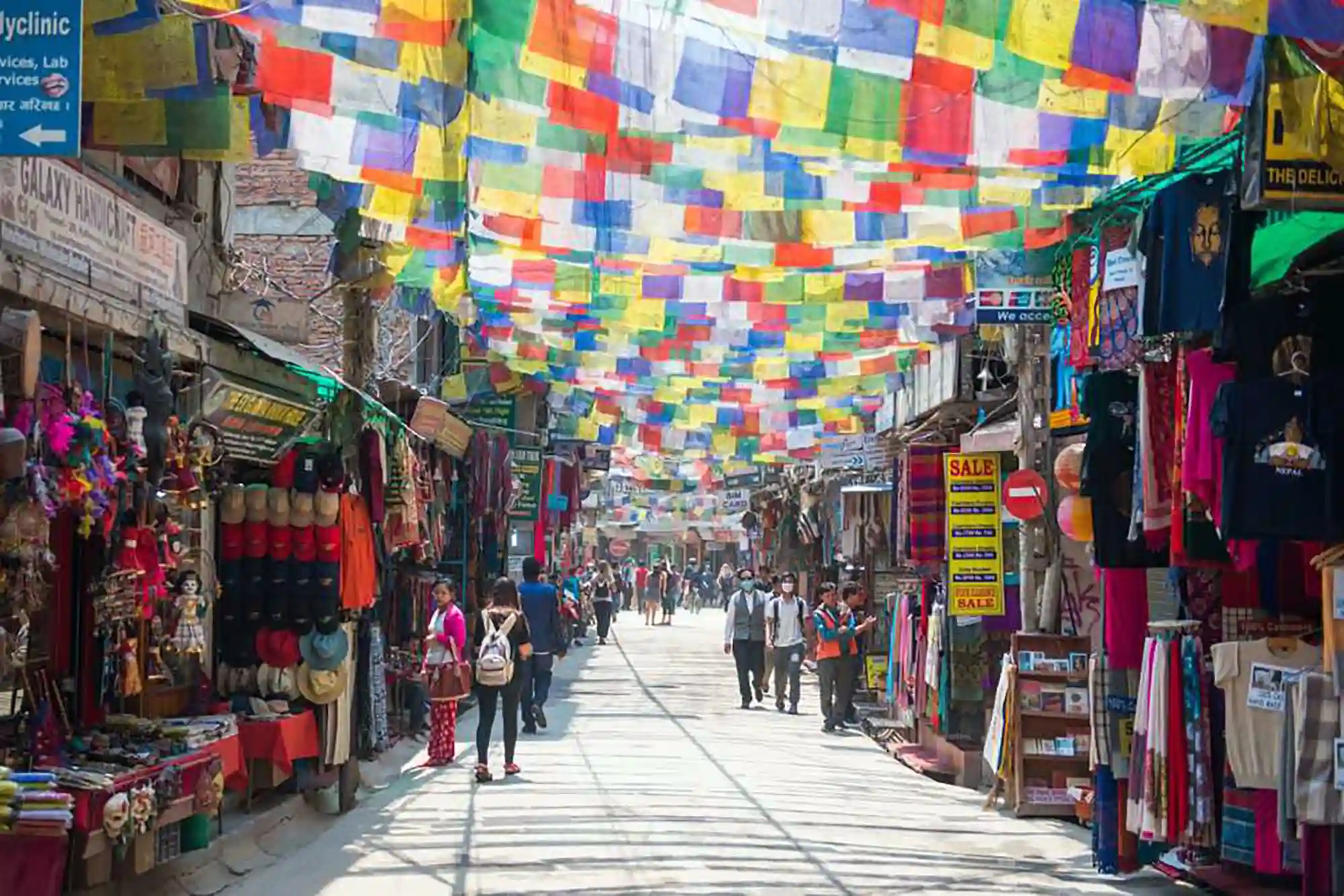
11. Thamel
Thamel is the bustling tourist hub of Kathmandu, known for its vibrant atmosphere, diverse shops, and lively nightlife. The area is a maze of narrow streets filled with hotels, restaurants, bars, and stores selling everything from trekking gear to souvenirs. Thamel is the starting point for many travelers exploring Nepal and offers a wide range of services, including travel agencies, foreign exchange, and internet cafes. Despite its commercialization, Thamel retains a unique charm with its blend of modernity and tradition.
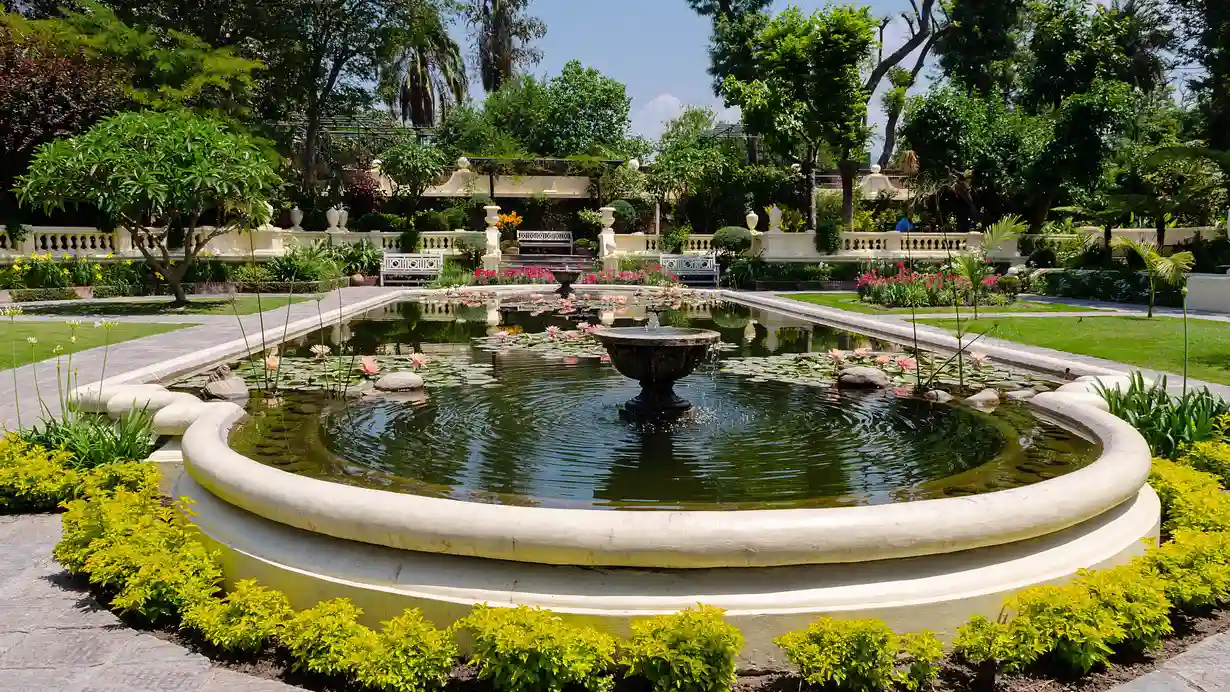
12. Garden of Dreams
The Garden of Dreams, located in the heart of Kathmandu, is a neoclassical garden built in the early 20th century. This beautifully restored garden, also known as the Garden of Six Seasons, offers a peaceful retreat from the hustle and bustle of the city. It features pavilions, fountains, pergolas, and ponds, surrounded by lush greenery and flower beds. The garden’s serene ambiance and elegant design make it a popular spot for relaxation, picnics, and cultural events.

13. Asan Bazaar
Asan Bazaar is one of the oldest and busiest market areas in Kathmandu, known for its vibrant atmosphere and historical significance. This bustling market, located at the crossroads of several major trade routes, has been a commercial hub for centuries. Asan offers a wide variety of goods, including spices, vegetables, traditional Nepali attire, and household items. The market is also home to several ancient temples and shrines, making it a fascinating blend of commerce and culture.

14. Taudaha Lake
Taudaha Lake, situated on the outskirts of Kathmandu, is a small but picturesque lake with a rich mythological and ecological significance. According to legend, the lake was created to house the serpents (Nagas) after the valley’s primordial lake was drained by Manjushri. Today, Taudaha is a popular spot for birdwatching and picnics, offering a tranquil escape from the city’s hustle. The lake is surrounded by lush greenery and is home to various species of birds and fish.
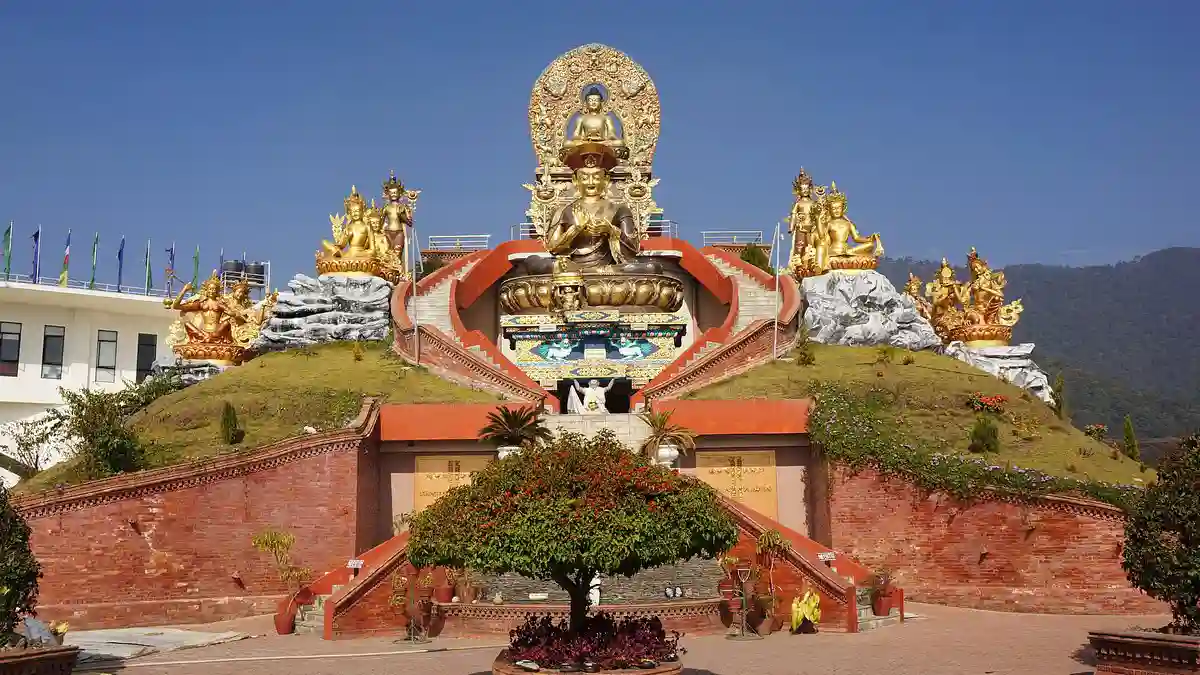
15. White Gumba (Seto Gumba)
The White Gumba, also known as Seto Gumba, is a Tibetan Buddhist monastery located on a hilltop in the Nagarjun Forest Reserve. This serene and spiritual place offers panoramic views of the Kathmandu Valley and the surrounding mountains. The monastery’s white facade, colorful murals, and beautifully landscaped gardens create a peaceful environment for meditation and reflection. Visitors to Seto Gumba can experience Tibetan Buddhist culture and enjoy the natural beauty of the area.
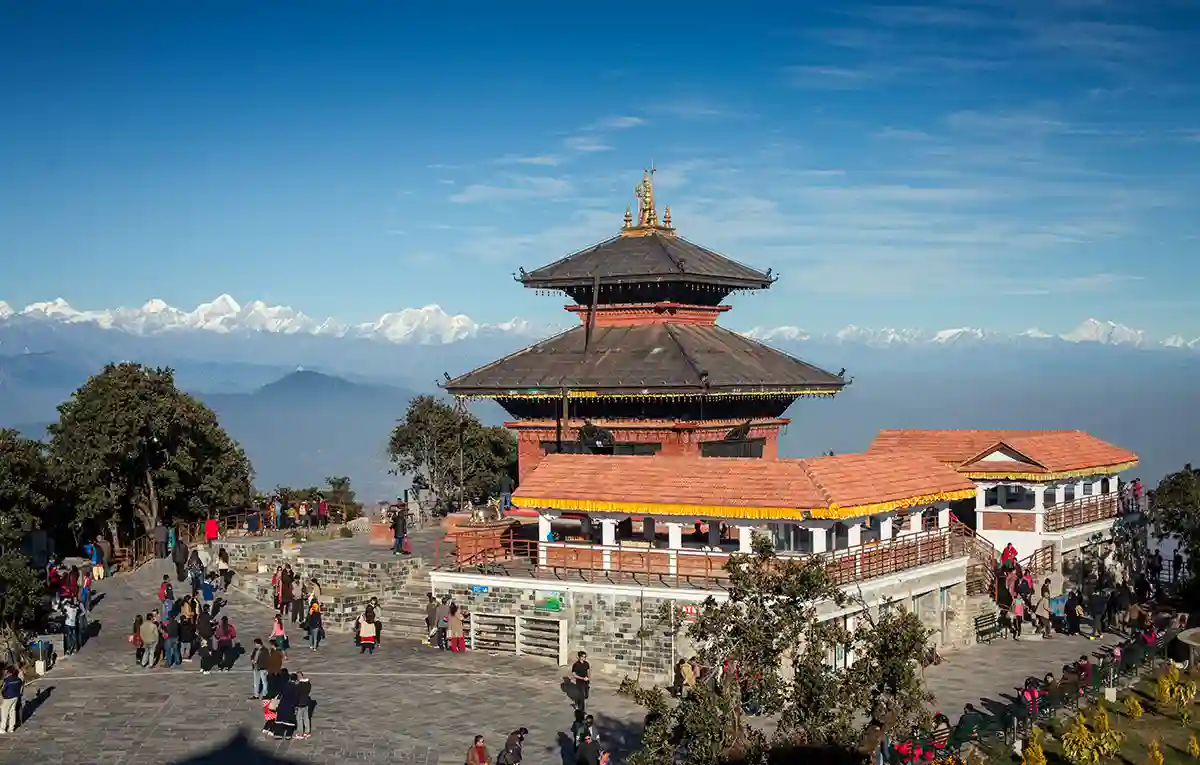
16. Chandragiri Hill
Chandragiri Hill, located on the outskirts of Kathmandu, is a popular destination known for its breathtaking views and historical significance. The hill is accessible by a modern cable car that offers a scenic ride to the top. From the summit, visitors can enjoy panoramic views of the Kathmandu Valley and the Himalayan range. Chandragiri Hill is also home to the Bhaleshwor Mahadev Temple, believed to be a place where King Prithvi Narayan Shah meditated and unified Nepal. The area offers hiking trails, picnic spots, and a tranquil environment away from the city’s hustle.

